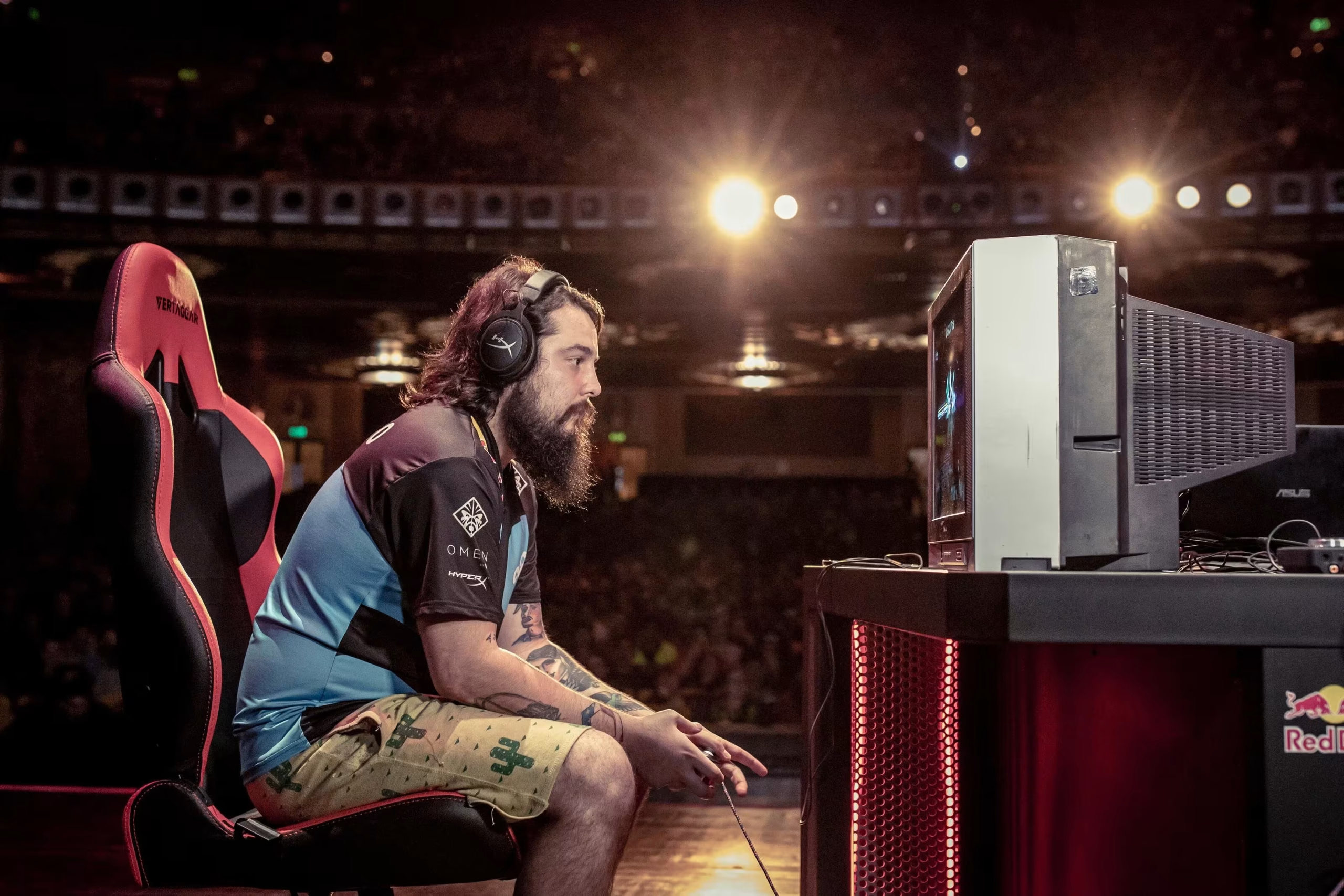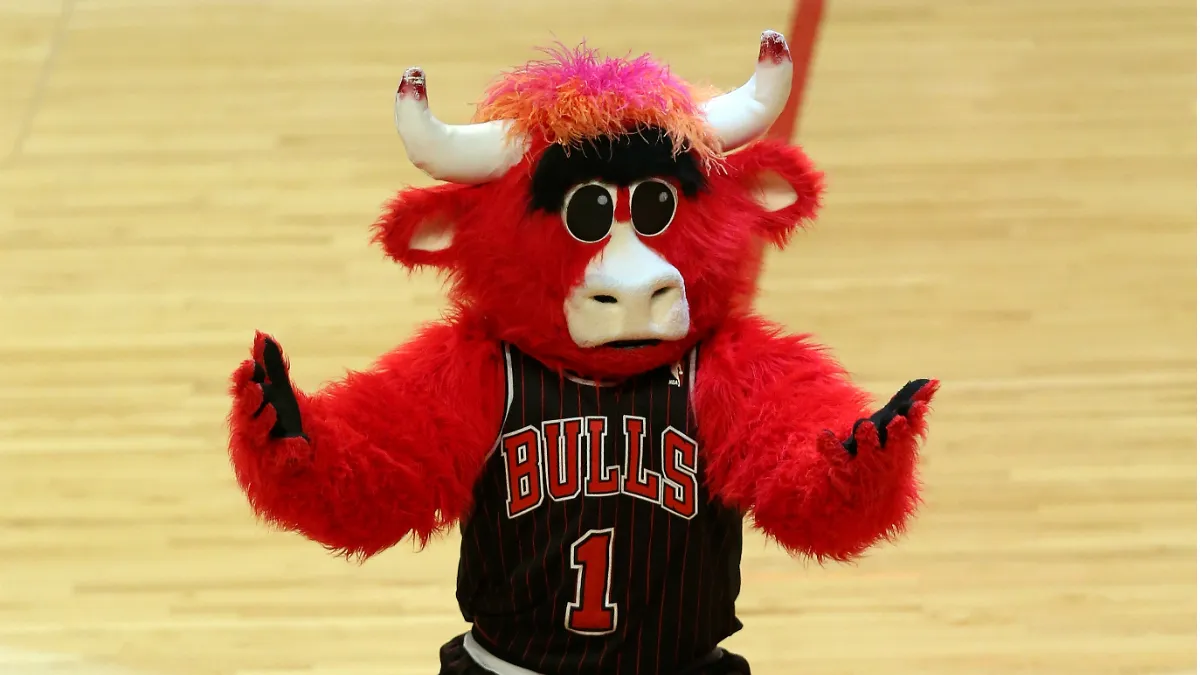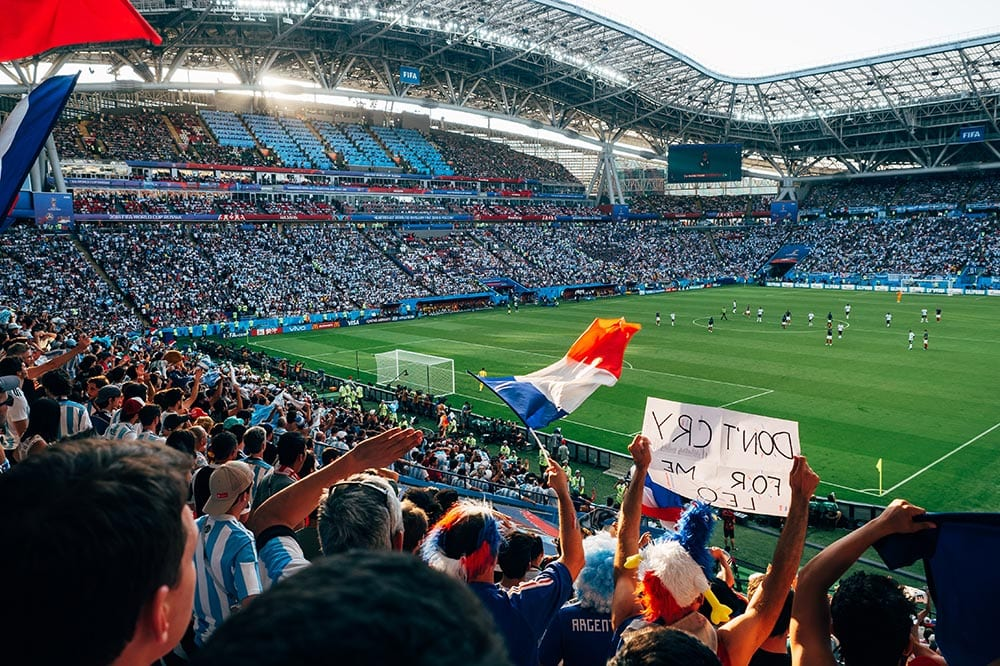In the dynamic world of esports, fan rivalries have become a defining feature, transforming digital competitions into emotionally charged spectacles. Unlike traditional sports, where geographical proximity often fuels rivalries, esports transcends borders, uniting fans through shared virtual battlegrounds. These rivalries are not just about the games; they’re about identity, community, and the collective experience of competition.
Fan rivalries in esports often mirror the intensity of the matches themselves. Whether it’s the historic clashes between teams like Cloud9 and Team SoloMid in League of Legends or the fierce competitions in games like Dota 2 and Counter-Strike: Global Offensive, fans invest emotionally, creating narratives that extend beyond the screen. Social media platforms amplify these dynamics, allowing fans to engage in debates, share content, and build communities around their favorite teams and players.
As esports continues to grow, understanding the role of fan rivalries becomes crucial. These rivalries drive engagement, influence team branding, and contribute to the overall ecosystem of competitive gaming. By fostering healthy competition and community involvement, fan rivalries not only enhance the spectator experience but also solidify esports’ place in the broader landscape of global entertainment.






